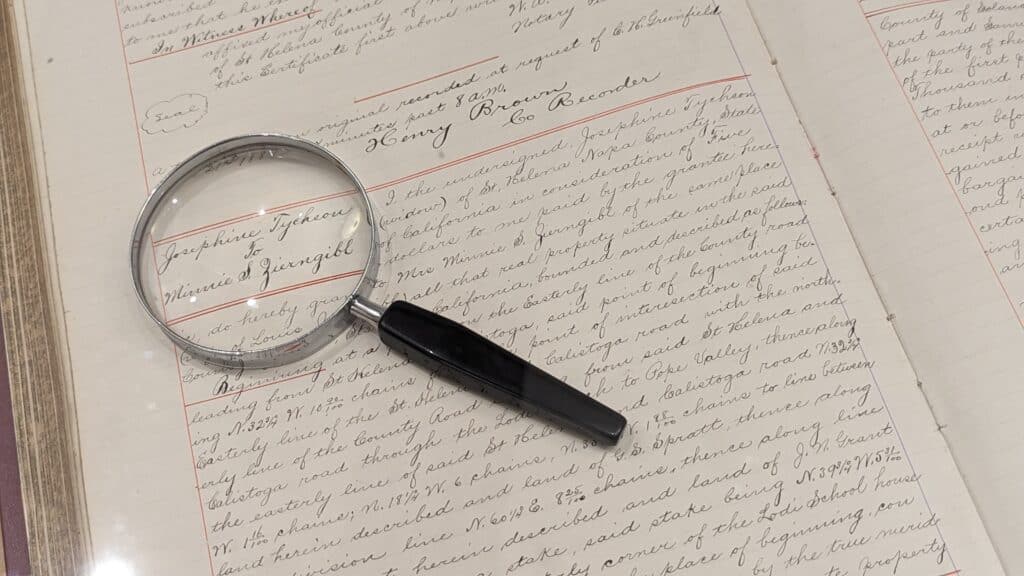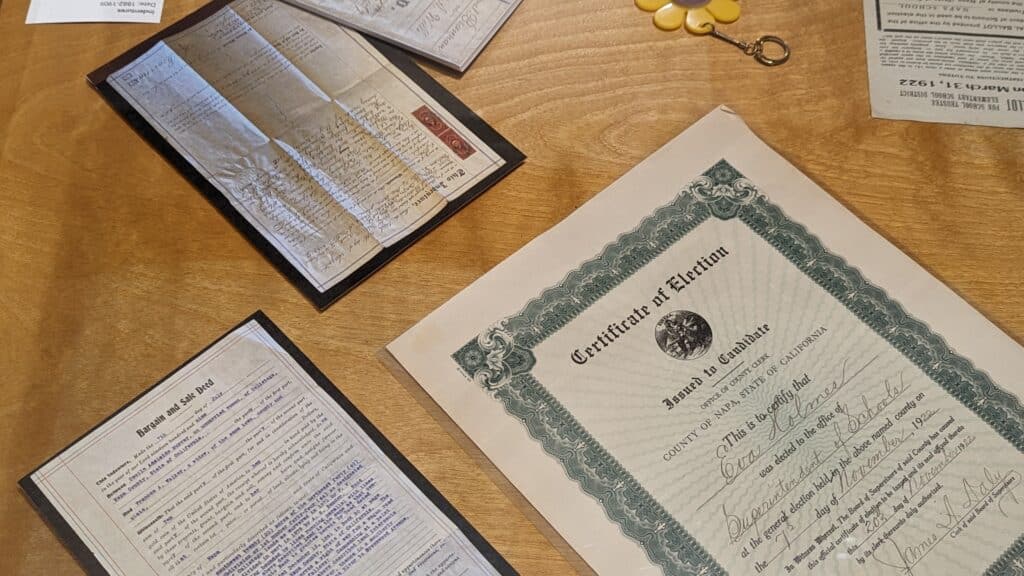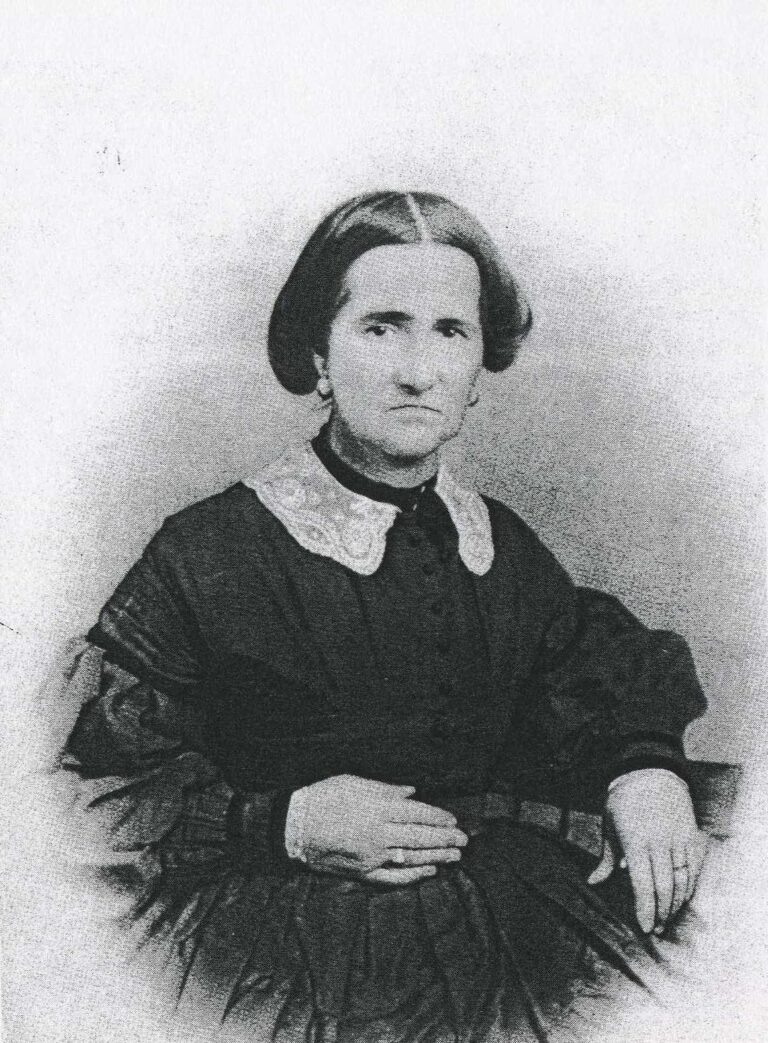
Kitty Speed Fowler Musgrave (1801-1876)
Kitty Fowler came to Napa Valley in the mid-1840s. Her husband, William Fowler, bartered his carpentry skills for 500 acres at the top of the Valley, known as the Fowler Ranch. While William was off building many of Napa’s earliest commercial ventures like the Bale Mill and the Empire Saloon, Kitty managed the Fowler cattle ranch.
Maria Soberanes Bale Peabody (1816-1901)
The niece of General Mariano Vallejo, Maria Ignacia, and her husband Dr. Edward T. Bale were granted 17,962 acres for Rancho Carne Humana stretching from modern-day Rutherford to Calistoga. In 1846 the Bales built a grist mill creating one of the first commercial ventures in Napa Valley. The mother of six, Maria successfully raised her children, managed the Rancho, and ran the mill for 32 years after the death of her husband in 1849.
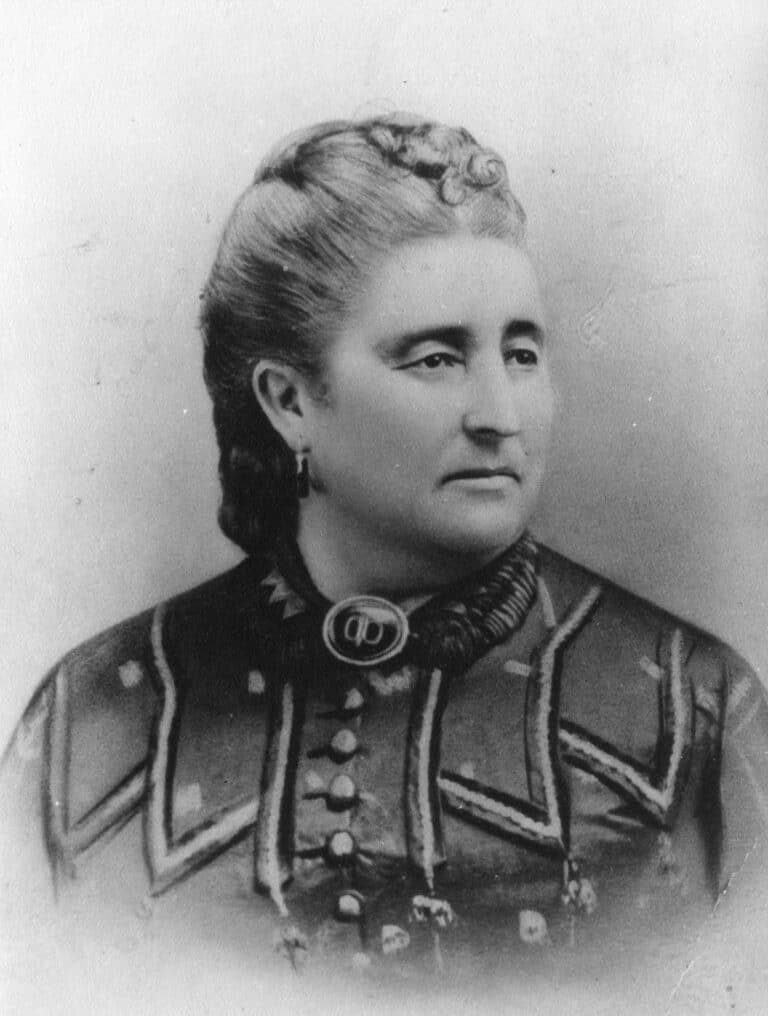
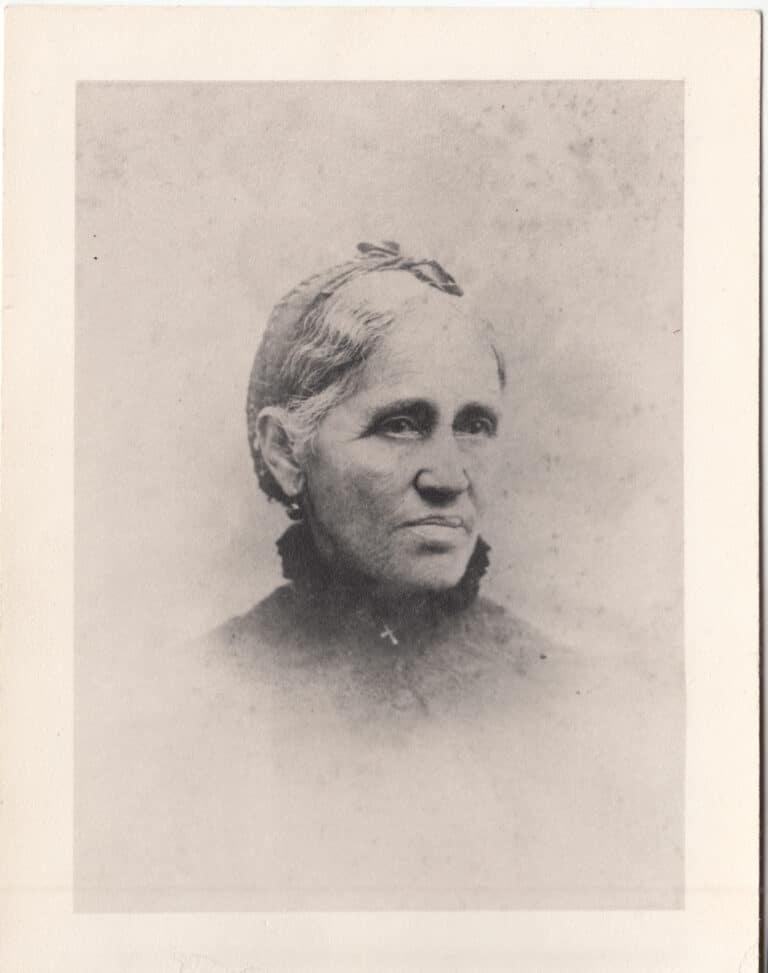
Maria de Jesus Higuera Juarez (1815-1890)
Married to Cayetano Juarez, Maria came to Napa in 1840 when she and her husband, a lieutenant of General Vallejo, were granted 8,865 acres, for Rancho Tulocay, just east of modern-day Napa. Cayetano was often away leaving Maria to raise their eleven children and manage the Rancho. Maria was known for her love of music and entertaining. She helped launch a number of local bands in Napa.
Juliana Salazar Pope Barnett (1801-1876)
Julian Pope was granted 8,873 acres in 1841 for Rancho Lo Coallomi in modern-day Pope Valley. Julian died in an accident two years later. His wife, Juliana, and children managed the Rancho and convinced the Mexican government to make her the executor, one of only two Alta California ranchos in a woman’s name. Juliana, and then her daughter Maria successfully ran the rancho until the 1870s.



